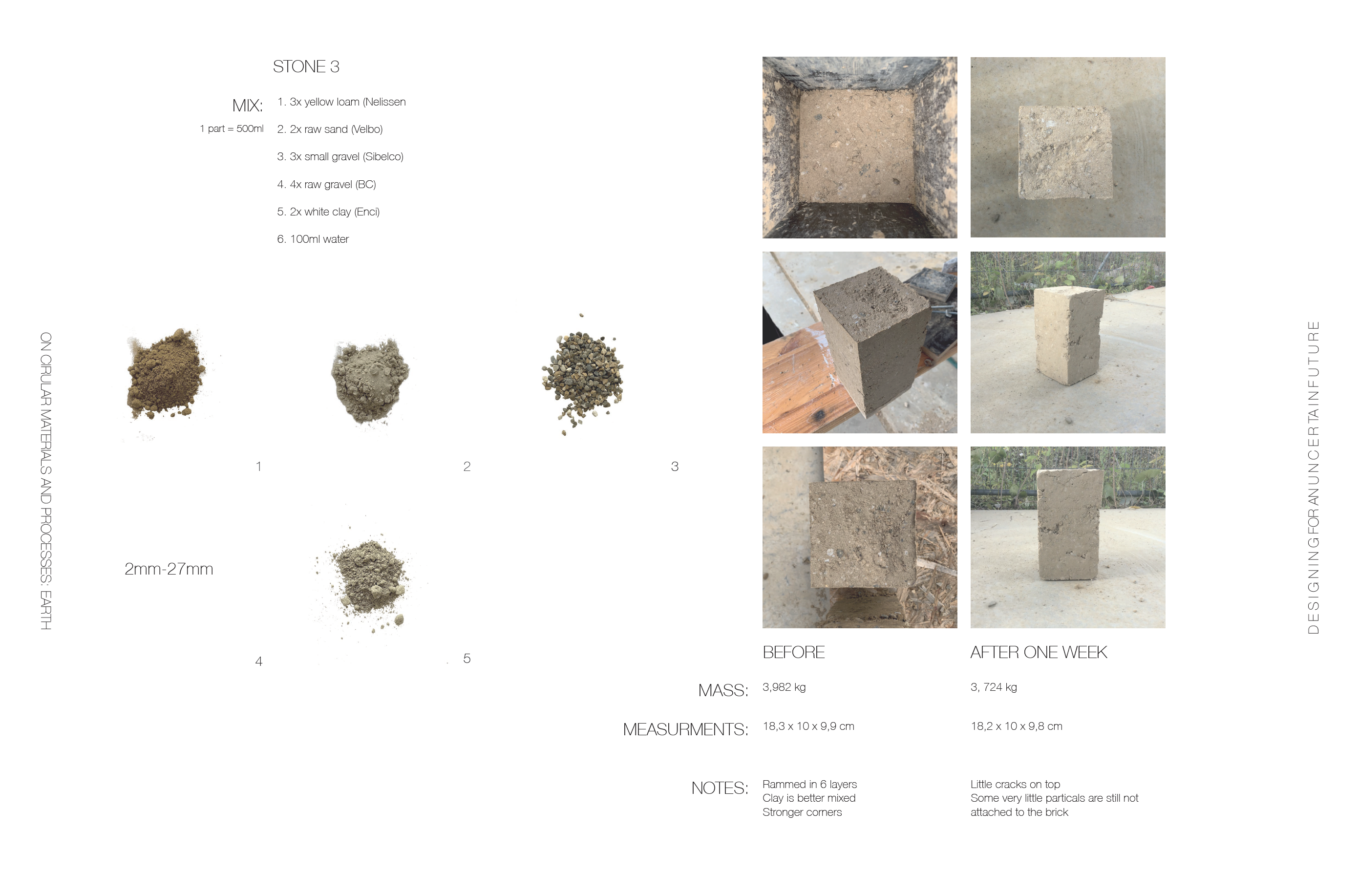LIMBURG
Lore Bergers - Maël Matthieu - Fernand Duclovel - Elisabeth Milde - Mick Smits - Leo Paulmichl


LIMBURG
Limburg borders the Netherlands in the north and the Maas valley forms the border in the east. The soil largely consists of wet and dry sand and loamy sandy soils, sandy loam soils and dry loamy soils. Flooding in the Meuse valley deposits a lot of gravel, which has resulted in large-scale exploitation. The ‘Maasplassen’ are witnesses to this. To the south of Maastricht on the west side of the Maas, there is an extensive limestone area with cross-border marl caves. This was one of the most interesting sites where we visited ‘the tunnels of Maastricht’. Further we also went to more common quarries such as Sibelco, Velbo and SBS. Sibelco is a huge industrial site where all sorts of sand and gravel is excavated. Velbo treats its materials in a whole different way, through drenching a nearby artificial lake. Then we also went to SBS which is a small excavation site where sand is excavated.
We could narrate a lot of incredible stories that can only happened when you get to such specific places as the quarries : visits of endless caves, bags too heavy to be carried, shouting to a worker who is on a boat to ask if we can just have a few kilos of sand etc. It was very fulfilling to discover new sites and new activities and to be overwhelmed by a completely new world researching raw materials in Limburg.
QUARRIES
51°12’46,21’’N 5°20’29,72’’O
LOMMELWinters




50°59’43,93’’N 5°36’31,09’’O
MAASMECHELENSibelco




51°14’35,28’’N 5°22’50,89’’O
LOMMELVelbo




50°50’23,29’’N 5°37’29,92’’O
LANAKENNelissen




50°49’13,07’’N 5°41’31,68’’O
MAASTRICHTEnci



41°20’23,82’’N 4°49’45,14’’O
BEERSEWienerberger



PROTOTYPES







